Oil flows from Kazakhstan to European markets are expected to increase this year, following a deal reached on June 20 between Kazakhstan's state-owned oil and gas company KazMunayGas (KMG) and German-based Rosneft Deutschland.
The deal just signed involves Kazakhstan's state-owned oil company supplying oil to Rosneft Deutschland GmbH – a subsidiary of Russian state-owned oil giant Rosneft PJSC, which Germany has taken control of since September 2022.
Important step
With the additional oil from Kazakhstan, Rosneft Deutschland can temporarily stabilize flows to the PCK refinery in the town of Schwedt (Brandenburg state). Located 120 km northeast of Berlin, the refinery supplies fuel to the German capital, much of eastern Germany and western Poland.
Since Russian oil supplies to the plant were cut earlier this year, PCK has been operating at no more than 60% capacity, with additional oil flowing through Poland’s Gdansk and Germany’s Rostock. The deal with Kazakhstan’s KMG will allow the German plant to increase its capacity by 10%.
“The long-term supply contract for Kazakhstan crude oil is another important step for the PCK refinery,” Michael Kellner, Germany’s deputy economy minister, said in a Twitter post on June 20. “It shows that we can secure product supplies in the region even without Russian crude.”
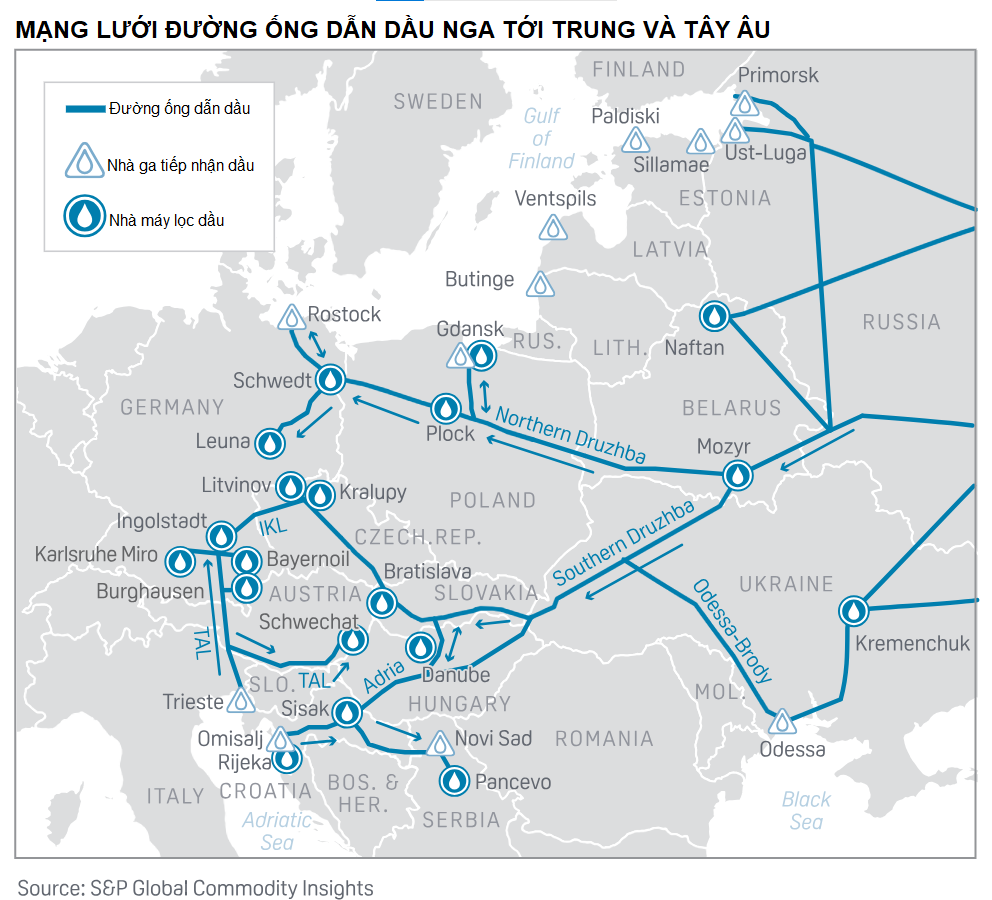
Russian oil pipeline network to Central and Western Europe. Graphic: S&P Global
The Kazakh oil producer did not specify when deliveries would begin, but said it aimed to supply at least 890,000 tonnes of crude to the German refinery this year. PCK has already received 190,000 tonnes of oil from its Kazakh partner so far this year, meaning that the additional volume committed by the end of the year will be 700,000 tonnes, meaning that the flow of oil from Asia to Europe will start this June at a rate of 100,000 tonnes per month.
There is an agreement to extend the deliveries until the end of 2024, Bloomberg reported, citing two people familiar with the matter.
To achieve this goal, Kazakh oil will be transported via the Northern branch of the Druzhba (Friendship) pipeline, which passes through Russia, Belarus and Poland before reaching its destination in Germany, under an agreement with Russian pipeline operator Transneft earlier this year.
Druzhba is famous as one of the longest oil pipelines in the world , transporting oil for about 4,000 km (2,500 mi) from the eastern part of European Russia to points in Ukraine, Belarus, Poland, Hungary, Slovakia, the Czech Republic and Germany. Druzhba also branches into many pipelines to distribute its products throughout Eastern Europe and beyond.
Oil flow from Asia to Europe
The quest to reduce dependence on Russian oil and gas has been a major focus for European countries since Moscow launched its military campaign in Ukraine in February 2022. EU leaders have imposed tough sanctions, including a ban on two-thirds of the bloc’s oil supplies from Russia.
Seaborne imports of Russian oil will stop at the end of 2022 and a ban on refined oil products will be imposed from February 2023, but five member states – Germany, Poland, Hungary, Slovakia and the Czech Republic – will continue to receive supplies via the Druzhba pipeline system from Russia.
Germany, previously the biggest buyer of Russian oil via Druzhba, has decided to halt flows at the end of 2022, while Poland has sharply scaled back its Russian cargoes. That has created a need for alternatives, but the logistical arrangements to buy enough cargoes from international markets are not simple.

The PCK Schwedt oil refinery in the town of Schwedt, Brandenburg state, Germany. Securing the supply of raw materials for production has been a top priority for the German government since it took control of the refinery, as well as other local assets of Russian oil giant Rosneft PJSC, in September 2022. Photo: NY Times
In that context, Central Asia's largest country has emerged as a key player in the European oil market thanks to its position as the third largest oil producer in the Caspian region, after Russia and Iran.
With more than 70% of its oil exports heading to the EU, Kazakhstan has become the bloc’s third-largest non-OPEC supplier. In addition, amid partial sanctions and a price cap on Russian oil, flows of Kazakh oil to Europe are expected to increase.
Kazakhstan currently exports 67 million tonnes of oil annually to Europe via Russia, mainly via the Caspian Pipeline Consortium (CPC) to Novorossiysk, providing access to global markets. More than two-thirds of Kazakhstan's oil exports are transported via the CPC .
Minh Duc (According to Caspian News, Bloomberg)
Source
























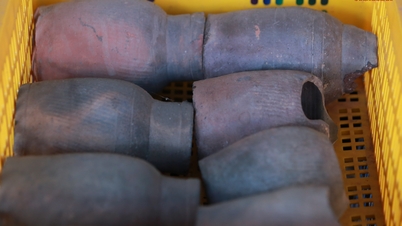










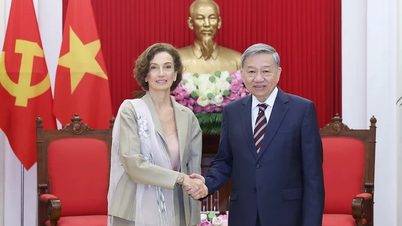

























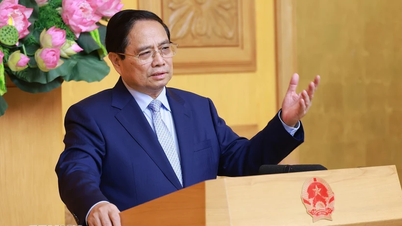





































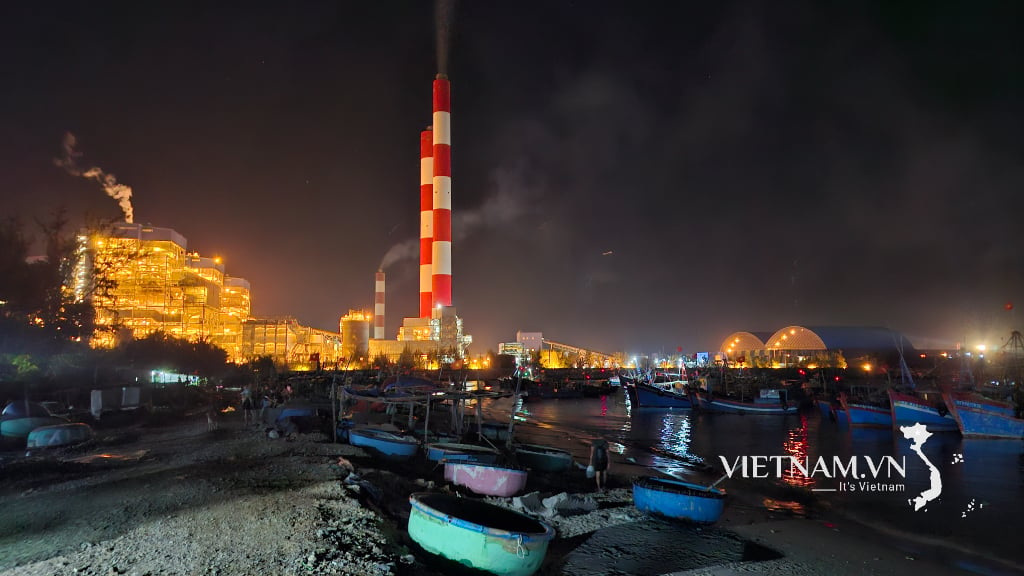

Comment (0)